Cichlazoma eliot: description, care, breeding, compatibility
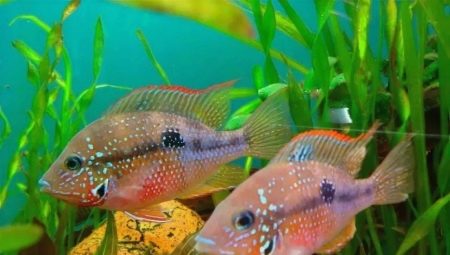
Fans of aquarium fish know about the existence of an unusual beautiful fish called cichlazoma eliot. This striking creature was first discovered in the waters of Mexico and Guatemala. This unusual aquarium inhabitant does not show whimsical care, maintenance, nutrition.
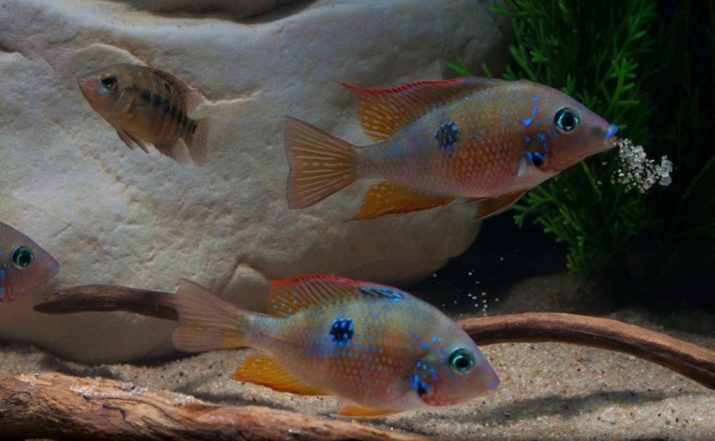
Description
Cichlazoma eliot is a species of aquarium fish that belongs to the order Perchiformes. This cichlid is considered the most beautiful of all relatives. Its size is usually about 15 centimeters, so this creature can be kept in a small tank. The body is characterized by elongation, as well as some compression on the sides.
This type of fish can have a wide variety of colors, from nondescript gray to bright blue or orange. There may be individuals whose body color is olive-beige. Zoning is often found in the color of the body of the fish. The back of the aquarium inhabitant is light beige, the belly has a red tint, and the back is blue. In the color of this living creature, asymmetry can be traced.
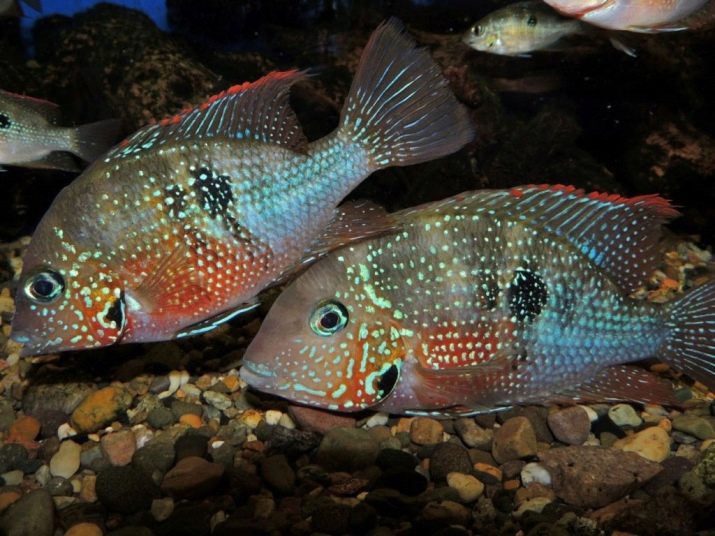
A distinctive feature of cichlazoma eliot can be called the presence of shiny specks, which become brighter and more noticeable under the influence of sunlight... On the head, blotches are represented by stripes. In addition, spots and lines are observed in the anal, pelvic, caudal and dorsal fins - their color is often blue or azure. The pectoral fin is transparent.
The scales of some representatives of this species are only partially colored. The fin on the back is decorated with a red border. In the center on the sides, each cichlid has a black speck.In some cases, the fish may have a vertical stripe from the back to the belly or a horizontal line from the eye sockets to the tail.
Cichlid eyes can be blue or yellow. The head is characterized by elongation and roundness of the muzzle. Thanks to its wide forehead and lips, this creature can swallow large food.
Malek and young cichlazomas do not have such an attractive appearance as adults. The unusual color of this underwater creature manifests itself with age.

Behavior
Cichlazoma eliot differs from its relatives in the absence of a too aggressive character. Pets are characterized by weak territoriality... Clashes occur quite rarely and only between representatives of the same species. In nature, these creatures keep in small groups. During spawning, they can be found near the shore, where eggs are laid.
A couple of cichlids choose their place of residence and protect it from uninvited guests. Eliot are considered caring parents. No severe injuries are observed during skirmishes. Many conflicts take place in a non-contact manner, but accompanied by blows from the tail.
During skirmishes, you may notice that the color of this species of fish becomes brighter when defeating an opponent, but the defeated creature fades and turns gray.
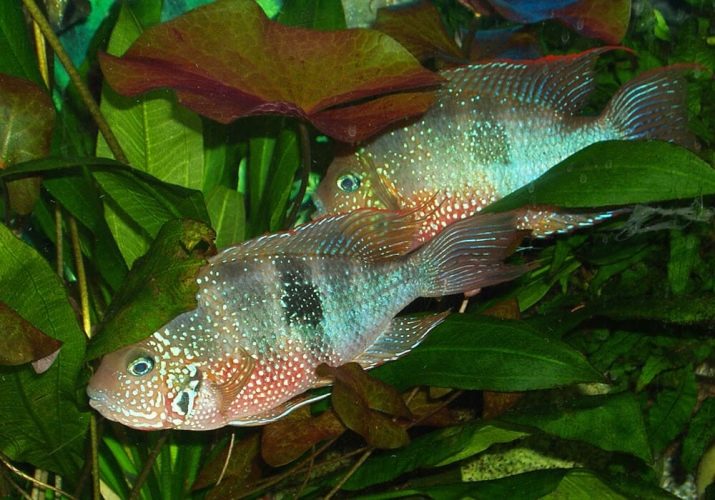
In each of the flocks of cichlazes, there is a hierarchy - each member of the group has a place and purpose. Observing these fish, you can see which of the creatures is subordinate. The leaders confirm their status with tail slaps. These aquarium fish live for about 8-10 years, but in natural conditions, the duration of their existence is much longer.
The difference between the male and the female in Eliots is weak. Females have a small body. Males are usually larger and brighter in color. The female can also be distinguished by the presence of a black speck on the dorsal fin, which is poorly visible in the male.
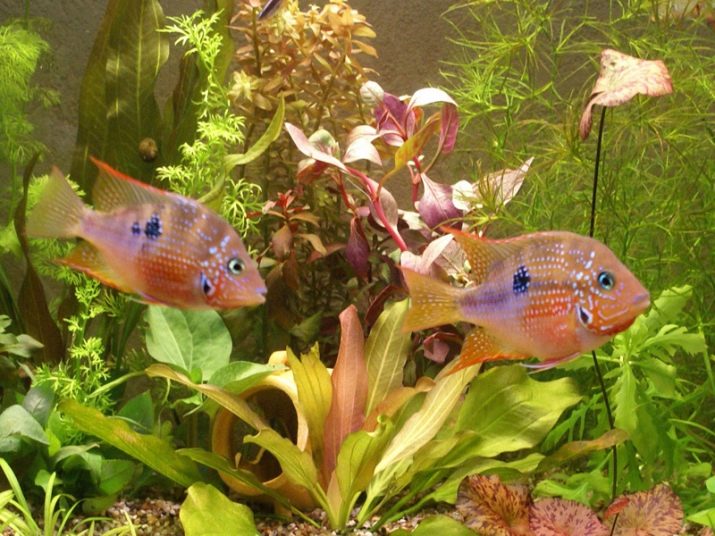
Features of the content
In the natural environment, the cichlazoma fish lives in a shallow river, where there is a lot of sand and fallen leaves. Such areas are not characterized by lush vegetation, as well as bright lighting. That is why this aquarium fish should be provided with conditions that are as close to natural as possible.
- The bottom substrate is in the form of light rolled sand, fine gravel, or a mixture of these. You can use quartz sand as a soil - it is this sand that these fish like to dig.
- As decorations, you can use driftwood, grotto, large stones. Such items will be used by the inhabitants of the aquarium as hiding places.
- The vegetation in the ecosystem where the cichlazoma will live should be with hard foliage and well-developed roots (or without them). The best option is Anubias, Creptocoryne, Echinodorus, Canadian Elodea. This fish will dig up and eat any other plants.
- The illumination of the aquarium should be moderate; if the light is too bright, the representative may feel oppressed.
- Water readings must always be in the correct standard. And in order to eliminate waste products - ammonia, nitrite, nitrate - you should change 1/3 of the water every 7 days and siphon the bottom.
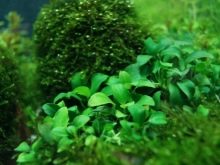
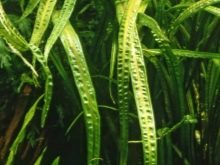
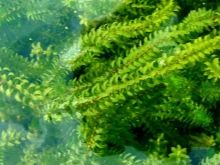
Optimum water performance:
- constant filtration and aeration;
- the temperature indicator should not be lower than plus 26-28 degrees;
- water hardness should be from 7 to 15 units;
- a suitable acidity of the water is 7 pH.
The aquarium, which will keep bright pets, should be spacious - 100 liters or more.... There are no difficulties in feeding the cichlazoma to the eliota, since it is not very capricious in this.
The fish can eat both dry and live foods, for example, bloodworms, brine shrimp, tubifex. Vegetable products should also be present in the diet of a prominent representative of the fauna - they should make up about a third of all food consumed.

Cichlida eats spirulina with appetite, zucchini, cucumbers, cabbage and lettuce leaves, which are previously scalded with boiling water. Like many other species in this family, aquarium fish tend to overeat. For this reason, adults representatives should arrange fasting days as prevention of obesity, as well as stimulation to eat leftover food.
Representatives of cichlids are characterized by good health. Sometimes the fish suffers from digestive, stomach and intestinal disorders. The cause of such ailments can be improper nutrition (lack of food or, conversely, overfeeding of the pet). Improper maintenance of the aquarium, irregular water changes cause dermatomycosis in cichlids.
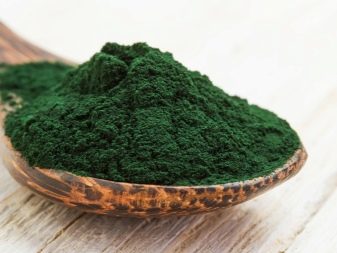
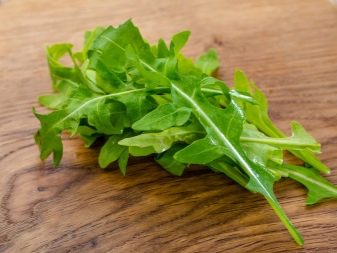
Breeding
Eliot cichlazomas are characterized by a rapid onset of puberty. Activity is observed during the period when the fish grows to 6 centimeters. In many cases, the breeding process is carried out naturally without the need for outside help. The newly formed pair of cichlids independently finds a site for themselves where the female spawns and spawns.
To stimulate the spawning of pets it is worth giving more protein foods. Also, do not forget about changing water and increasing temperatures. The mating dance of an educated couple is considered to be the beginning of spawning of cichlids. Eggs are deposited in the amount of 3-4 hundred pieces.
Approximately on the 3rd day, the formation of larvae occurs, and subsequently - fry. Each of the parents equally cares for the offspring until the fry are 2 months old. The older generation drives the matured fish away from the nest.
According to experts, at this time it is worth resettling the young in another reservoir. The fry are fed regularly using a special food formulated for small cichlases. Growing up representatives are gradually being transferred to standard food products.
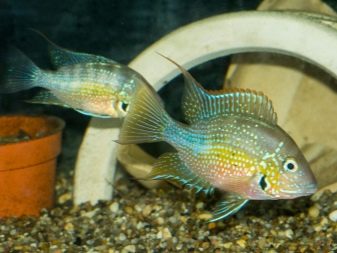
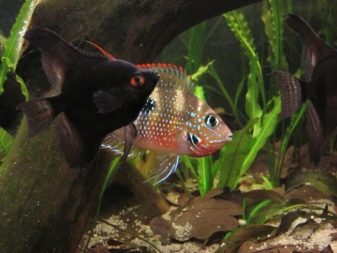
Compatibility with other representatives
Cichlids are predators by nature, albeit quite peaceful. Taking this fact into account, you should carefully think about the compatibility of the eliota and other fish in the same aquarium. Together with a cichlazoma of this species, you can settle such representatives:
- other cichlid species, that have a similar size and character, for example, black-striped, severum, bluish-spotted akara, nannakara;
- barbs, with the exception of cherry and schubert;
- soms - such as ancistrus and brocade.
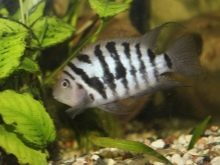
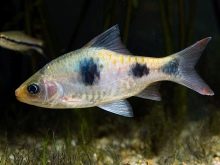
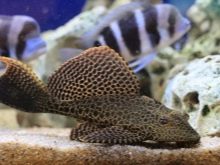
Owners of an aquarium with eliot cichlazomas should remember that best of all, these fish feel without neighbors. Since these are gregarious representatives of the living world, they will be comfortable living in their flock.
Eliot cichlazomas are considered beautiful and interesting fish living in artificial and natural ecosystems. Their popularity is due to their calmness of character, unusual appearance, as well as unpretentious maintenance and nutrition. To make this representative of aquariums feel great, he will need good and proper nourishment, reading water, and a retreat.
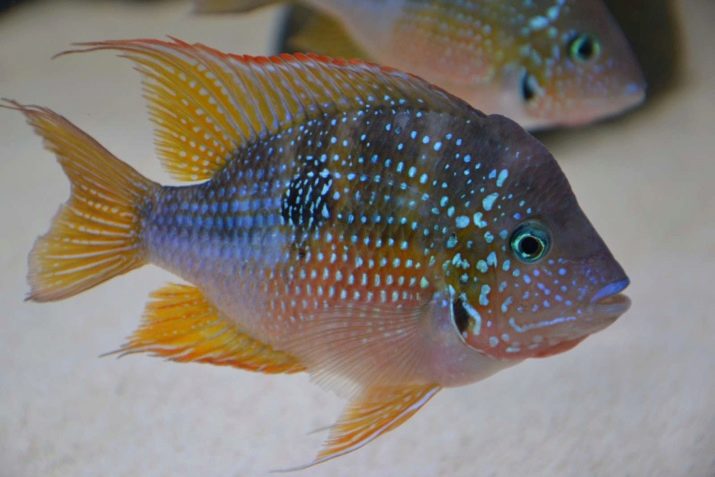
See below about the features of the eliot cichlazoma.








